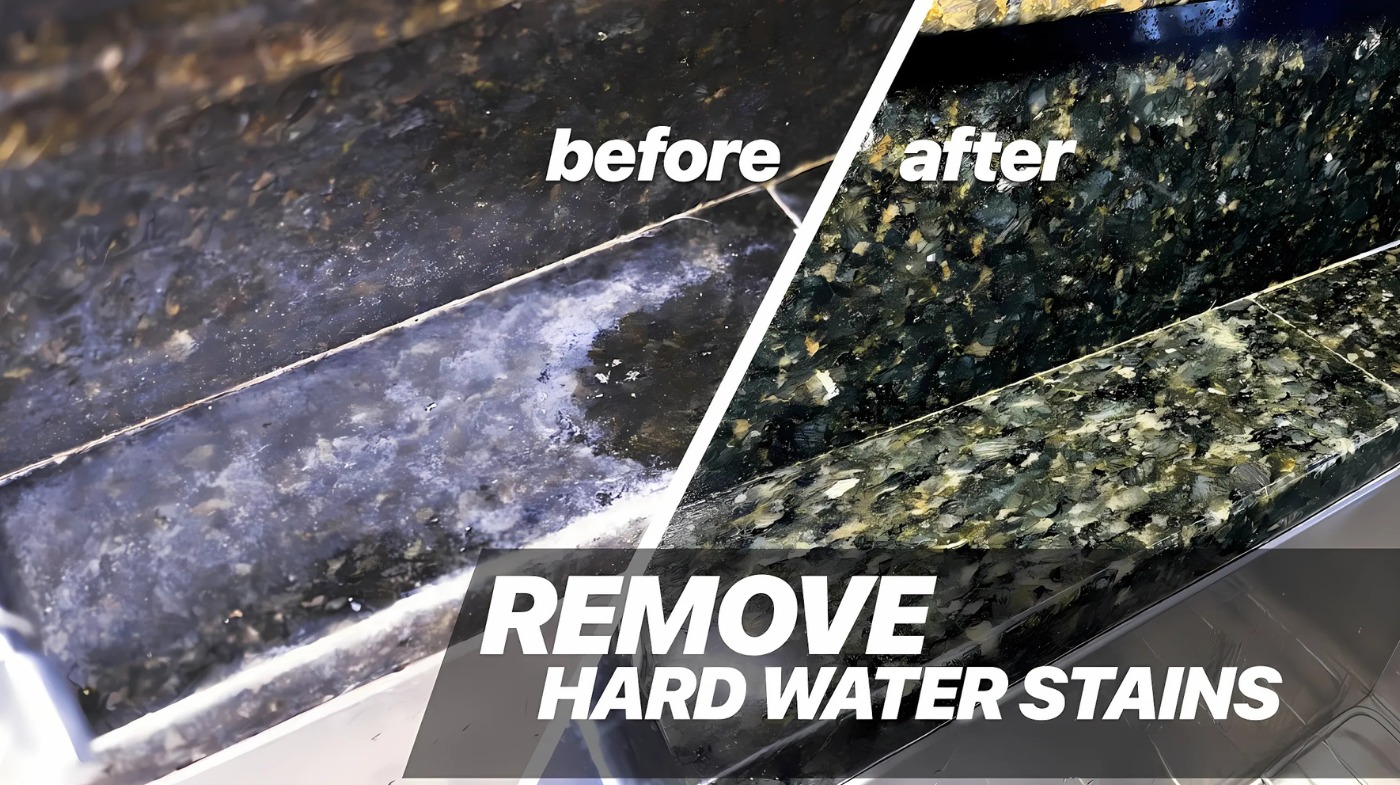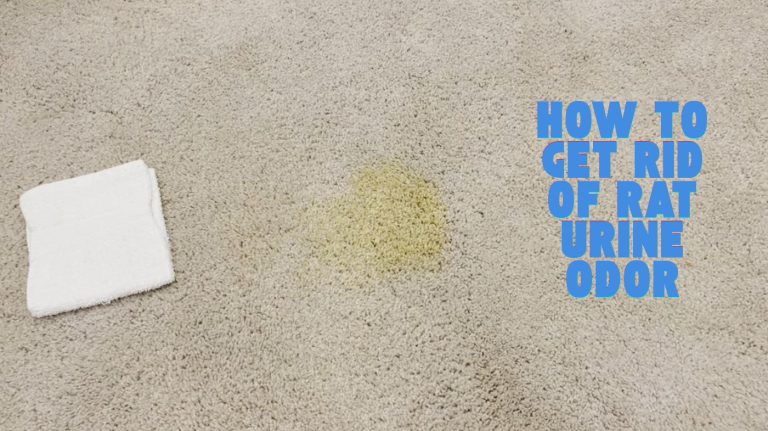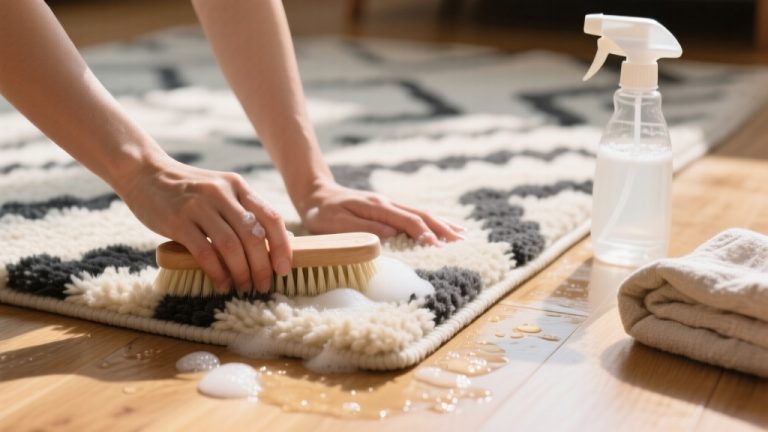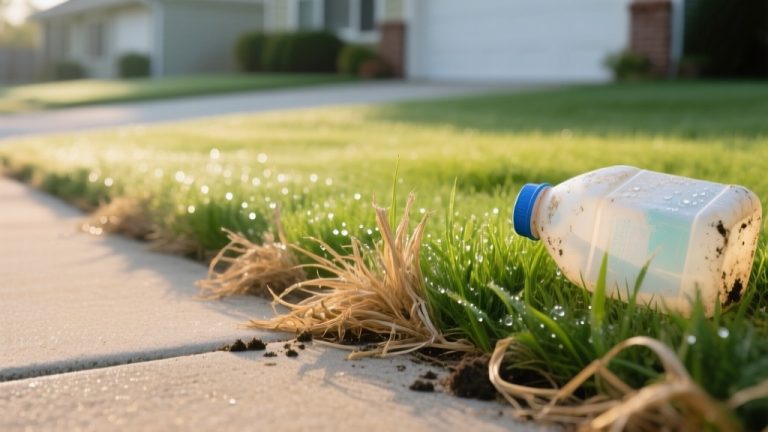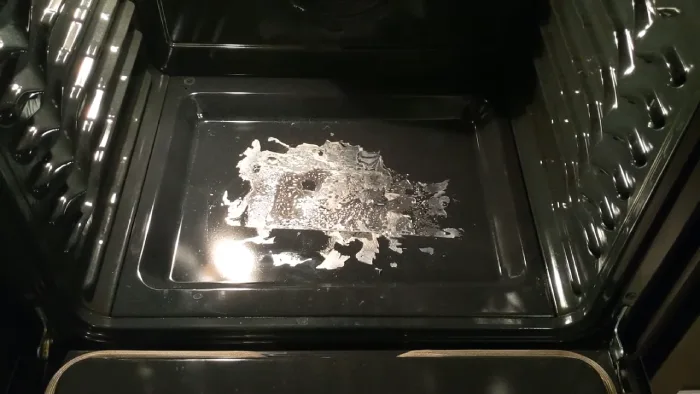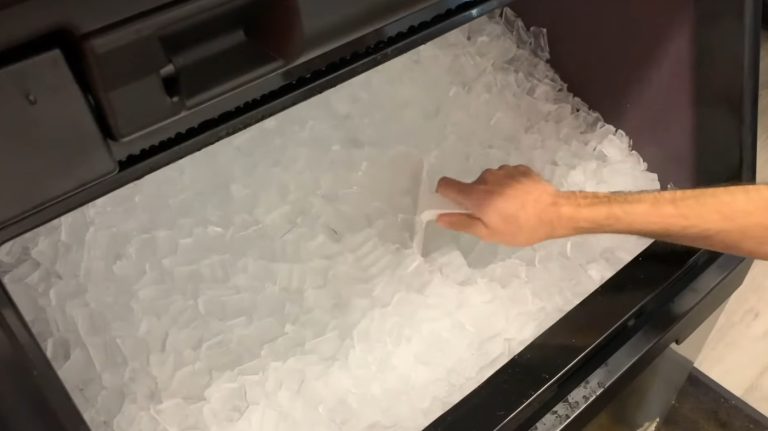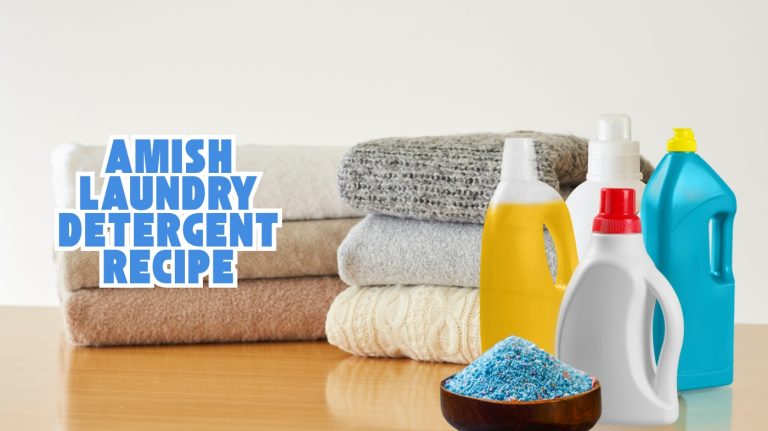How to Get Rid of Hard Water Stains on Granite? Safe Methods
To get rid of hard water stains on granite, start by applying a baking soda paste made with water to the affected area, letting it sit up to 24 hours for tough spots.
Gently scrub with a soft brush, rinse, and dry with a microfiber cloth. Always use pH-neutral cleaners to avoid damage, and avoid acidic or bleach-based products.
Regular sealing and prompt cleaning prevent buildup, but there are also effective physical techniques and specialized treatments you can use to restore your granite’s shine.
Key Takeaways
- Apply a baking soda paste poultice on stains, cover with plastic wrap, and let sit for up to 24 hours before gently scrubbing and rinsing.
- Use a soft-bristled brush with mild dish detergent to scrub surface deposits without damaging the granite.
- Avoid acidic or bleach-based cleaners; opt for pH-neutral granite cleaners like Granite Gold or plant-based alternatives.
- For persistent buildup, carefully scrape with a single-edged razor blade at a shallow angle or use specialized granite spot removers.
- Prevent stains by sealing granite annually, wiping spills immediately, and avoiding placing hot pots or cutting directly on the surface.
Safe Cleaning Agents for Granite Surfaces
Since granite is a natural stone with a porous surface, choosing safe cleaning agents is essential to maintain its durability and shine.
Granite’s porous nature requires gentle, safe cleaners to preserve its lasting beauty and shine.
Opt for pH-neutral cleaners like Granite Gold Clean & Shine to avoid etching or dulling the stone.
Plant-based products such as Method’s Daily Granite Cleaner offer gentle, streak-free cleaning and are eco-friendly.
Theres Good Inside is an excellent option as it is made with plant-based cleaning agents and is surface-safe on granite, marble, and sealed stone.
If disinfecting is a priority, Weiman’s Disinfectant Granite & Stone Cleaner kills 99.9% of germs without harming the surface. Avoid acidic or bleach-based cleaners, which can damage granite.
Always test any cleaner on a small, hidden spot first. Look for formulations with natural ingredients like octanol ethoxylate and sodium citrate, which clean effectively without harsh chemicals.
Step-by-Step Baking Soda Paste Treatment
Start by mixing about a quarter cup of baking soda with enough water to create a thick, spreadable paste similar in texture to sour cream.
Avoid adding acidic ingredients, as they can damage your granite’s sealant. Apply the paste generously over the hard water stain, spreading it evenly to cover the entire area.
For stubborn spots, use a thicker layer and cover with plastic wrap, taping down edges to create a poultice.
Let it sit for 10 minutes up to 24 hours, depending on stain severity. This allows the poultice to effectively extract mineral deposits from the surface.
Then, gently scrub with a soft-bristled brush in circular motions to avoid scratching. Rinse thoroughly with plain water and dry immediately with a microfiber cloth to prevent new spots. Repeat as needed for persistent stains.
Physical Techniques to Remove Stubborn Stains
You can tackle stubborn stains on granite using several physical techniques that balance effectiveness with surface protection.
Start by scrubbing with a soft-bristled brush and mild dish detergent to remove surface mineral deposits.
For deeper stains, apply a poultice—like a baking soda paste—cover it with plastic wrap, and leave it moist for 24 hours to draw out minerals. Since granite is a porous material, it can absorb liquids, making timely cleaning crucial.
Use a single-edged razor blade carefully at a shallow angle to gently scrape persistent mineral buildup, avoiding damage to the granite.
Specialized granite spot removers also work well; apply with a microfiber cloth, let sit, then wipe clean.
Soft abrasive scrubs using talc mixed with diluted ammonia or hydrogen peroxide can lift deposits but require gentle application and thorough rinsing to maintain the stone’s sealant integrity.
Preventative Measures to Protect Granite
Although granite is a durable natural stone, its porous nature makes it vulnerable to staining without proper protection.
To safeguard your granite, apply a high-quality sealant specifically designed for granite at least once a year, or more often based on usage and stone porosity.
Always clean the surface thoroughly with mild soap and water, then dry completely before sealing. Use cutting boards and avoid placing hot pots directly on the surface to prevent damage to the sealant.
Wipe spills immediately to stop liquids from penetrating the stone. Regularly inspect your granite for signs of wear or dullness in the sealant, and reapply as necessary.
Consistency in daily care helps prevent wear over time, so maintaining a regular cleaning routine is essential for long-term protection.
Frequently Asked Questions
Can Hard Water Stains Cause Permanent Damage to Granite?
Ever wondered if hard water stains can permanently ruin your granite? While granite itself is tough, hard water mineral buildup can erode the protective sealant if you use harsh cleaners or ignore the stains. This erosion dulls the finish and leaves your granite vulnerable to deeper discoloration.
How Often Should Granite Countertops Be Sealed to Prevent Stains?
You should seal your granite countertops every 1 to 5 years, depending on usage and granite type.
Denser granite needs less frequent sealing, while porous types and heavy kitchen use demand sealing closer to every 6 to 12 months.
Use quality sealants and avoid over-sealing to prevent buildup. Regularly test absorption by pouring water on the surface—if it soaks in quickly, reseal promptly to keep stains and damage at bay.
Are There Specific Granite Types More Prone to Hard Water Stains?
Think of granite like a sponge—some soak up more than others. You’ll find granites with higher porosity are more prone to hard water stains since they absorb minerals easily.
Softer or more porous types need extra care, as mineral deposits settle in deeper. Darker, polished granites also show stains more clearly.
To protect your surfaces, choose low-porosity granite and seal it regularly, especially if your water’s mineral-rich.
Can Using a Water Softener Reduce Granite Staining Effectively?
You can effectively reduce granite staining by using a water softener. It removes calcium and magnesium ions responsible for hard water stains, replacing them with sodium ions that don’t leave deposits.
This prevents new stains from forming and protects your granite’s finish. Just remember, you’ll still need to clean existing stains properly and maintain the softener regularly for best results. Softened water also keeps your home’s plumbing and appliances in better shape.
Is It Safe to Use Steam Cleaners Regularly on Granite Surfaces?
Did you know that over 60% of granite sealants can degrade faster with frequent steam cleaning? While steam cleaners kill bacteria effectively without chemicals, using them regularly on granite isn’t the safest choice.
The high heat and moisture can break down sealants, cause discoloration, or even crack the stone. Instead, stick to pH-neutral cleaners and gentle tools to keep your granite pristine without risking damage over time.
Remove Hard Water Stains and Restore Your Granite’s Brilliance
Hard water stains on your granite might seem stubborn, but don’t let them dull your shine. With safe cleaners, a simple baking soda paste, and a bit of elbow grease, you can restore that natural glow without damage.
Remember, prevention is your best defense—seal and clean regularly to keep stains at bay. And if all else fails, professionals are just a call away, ready to bring back your granite’s brilliance.

